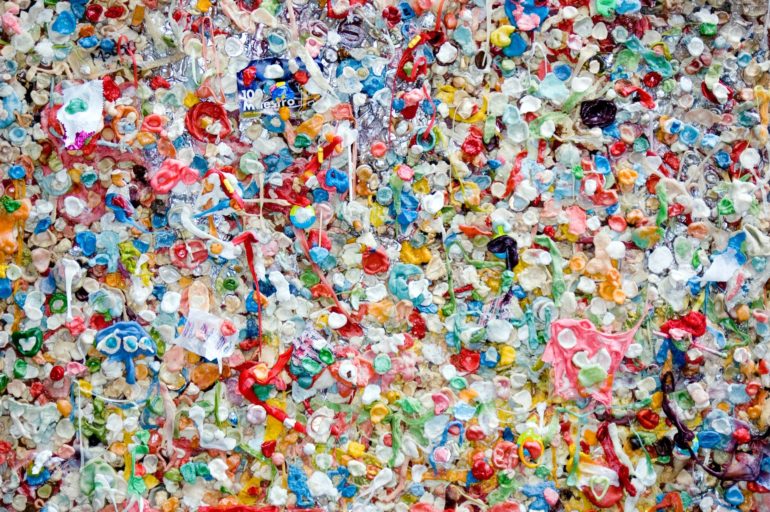Plastic pollution of land, water and air is a global problem. Even when plastic bags or water bottles break down to the point at which they are no longer an eyesore, tiny fragments can still contaminate the environment. Animals and humans can ingest the particles, with uncertain health consequences. Now, scientists report that they are among the first to examine micro- and nanoplastics in human organs and tissues.
The researchers will present their results today at the American Chemical Society (ACS) Fall 2020 Virtual Meeting & Expo.
“You can find plastics contaminating the environment at virtually every location on the globe, and in a few short decades, we’ve gone from seeing plastic as a wonderful benefit to considering it a threat,” says Charles Rolsky, who is presenting the work at the meeting. “There’s evidence that plastic is making its way into our bodies, but very few studies have looked for it there. And at this point, we don’t know whether this plastic is just a nuisance or whether it represents a human health hazard.”
Scientists define microplastics as plastic fragments less than 5 mm, or about 0.2 inches, in diameter. Nanoplastics are even smaller, with diameters less than 0.001 mm. Research in wildlife and animal models has linked micro- and nanoplastic exposure to infertility, inflammation and cancer, but health outcomes in people are currently unknown. Previous studies have shown that plastics can pass through the human gastrointestinal tract, but Rolsky and Varun Kelkar, who is also presenting the research at the meeting,…



